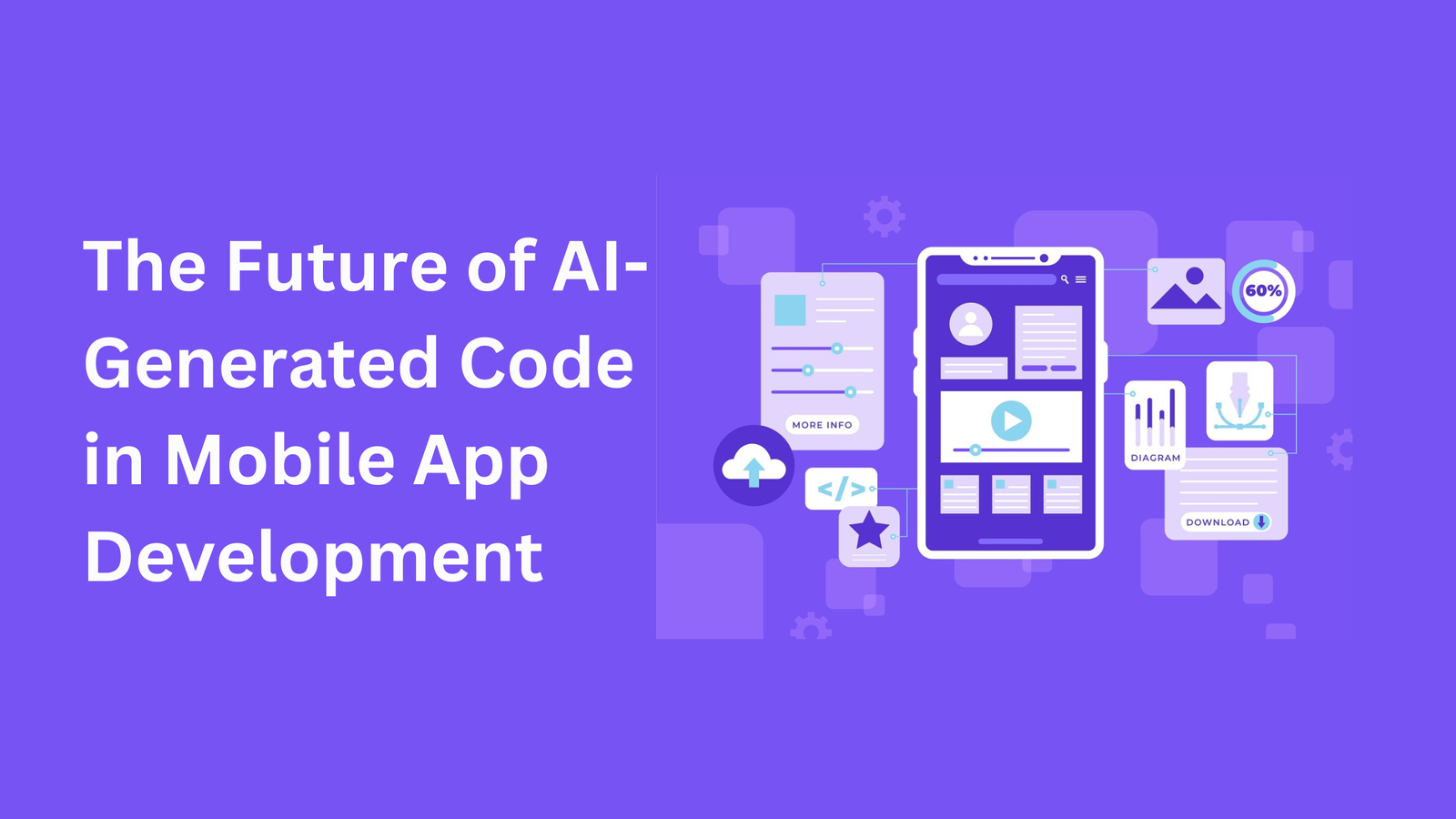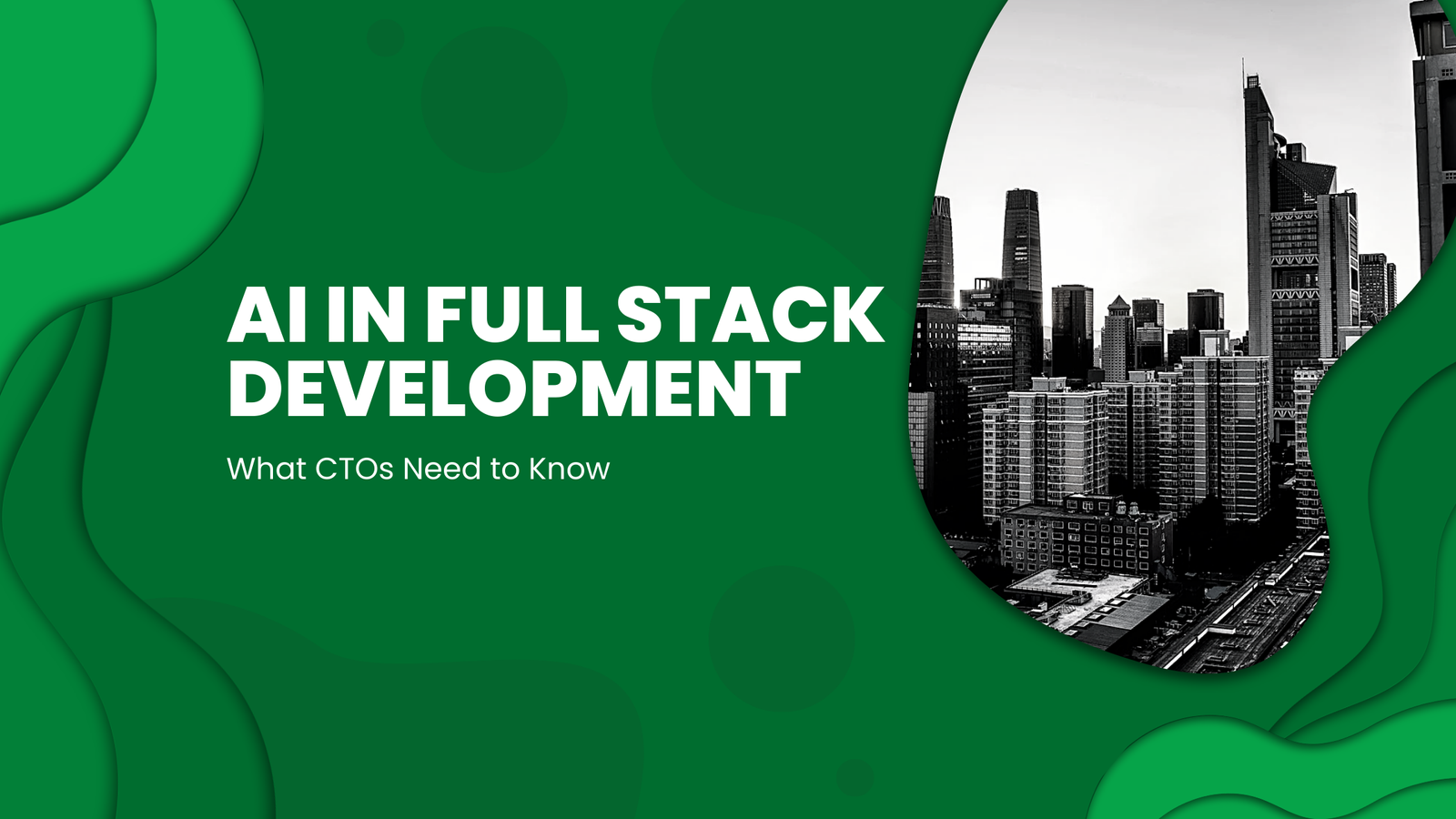In the complex and often high-pressure environment of hospitals, diagnostic errors can have serious consequences. According to studies published in leading medical journals, diagnostic mistakes contribute to nearly 10% of patient deaths and 6-17% of adverse events in hospitals. These errors occur due to various reasons—ranging from human fatigue and cognitive overload to incomplete patient information and ambiguous symptoms.
Artificial Intelligence (AI) is increasingly being recognized as a transformative force in the healthcare industry. With its ability to process vast datasets, identify patterns, and support clinical decisions, AI is playing a critical role in reducing diagnostic errors, improving accuracy, and ultimately saving lives.
Let’s explore how AI is reshaping diagnostics in hospitals and the ways in which different AI tools and systems are being utilized to improve patient outcomes.
Understanding Diagnostic Errors in Hospitals
Before diving into how AI helps, it’s important to understand the types and causes of diagnostic errors in hospital settings.
Types of Diagnostic Errors:
- Delayed Diagnosis – When the correct diagnosis is made but after an unacceptable time delay.
- Wrong Diagnosis – When the patient is diagnosed with a condition they do not have.
- Missed Diagnosis – When the condition is entirely overlooked.
Common Causes of Diagnostic Errors:
- Incomplete medical history
- Cognitive bias in decision-making
- Inadequate follow-up or testing
- Time pressure on clinicians
- Lack of access to diagnostic resources
How AI Supports Clinical Decision-Making
AI systems can analyze huge amounts of data in real time—something even the most skilled clinicians cannot do unaided. By comparing symptoms, medical histories, lab results, and other diagnostic indicators against vast databases, AI can assist doctors in narrowing down potential conditions more accurately.
1. Pattern Recognition in Medical Imaging
AI is particularly powerful in analyzing medical images such as X-rays, MRIs, and CT scans. Advanced machine learning algorithms are trained on thousands or millions of annotated images, allowing them to detect abnormalities—such as tumors, fractures, or lesions—more reliably than human radiologists in some cases.
For instance, Google’s DeepMind developed an AI tool that can detect over 50 eye diseases with accuracy comparable to world-leading specialists. Tools like these drastically reduce the chances of missed or delayed diagnoses.
AI-Powered Diagnostic Tools in Hospitals
Many hospitals now use AI-enhanced software systems to support diagnostic processes. These tools integrate data from patient records, lab results, wearable health devices, and clinical guidelines to provide real-time decision support.
Natural Language Processing (NLP)
AI tools powered by NLP extract critical insights from unstructured data such as doctor’s notes or pathology reports. These tools help ensure that no relevant piece of information is overlooked in the diagnostic process.
AI Chatbots for Pre-Diagnosis
AI-based chatbots are being deployed in hospital websites and mobile apps to assist in early triage. These bots can gather preliminary symptom data and provide initial diagnostic suggestions, enabling faster medical response.
A reliable ai based chatbot development company is crucial for designing tools that not only collect accurate data but also maintain empathy and contextual understanding during patient interactions.
Case Studies: Real-World Impact of AI in Diagnostics
AI in Detecting Sepsis
Sepsis, a life-threatening condition caused by infection, can escalate rapidly and requires early diagnosis. Hospitals using AI algorithms to monitor patient data like temperature, heart rate, and blood pressure can detect early signs of sepsis with over 85% accuracy, allowing timely intervention and saving lives.
AI in Cancer Diagnosis
AI has shown tremendous success in early cancer detection, especially in breast and skin cancers. Studies show that AI tools can sometimes outperform human dermatologists in identifying malignant moles and lesions.
These successes highlight how AI is becoming a trusted partner in the diagnostic workflow, improving the accuracy and efficiency of healthcare delivery.
Role of AI Software Development in Healthcare Innovation
The effectiveness of AI in reducing diagnostic errors is closely tied to the quality of software development and integration. Hospitals depend on custom AI solutions that are tailored to their systems and specialties—whether it’s oncology, cardiology, or emergency care.
For example, an ai software development company in nyc might work closely with local healthcare providers to build HIPAA-compliant AI tools that integrate with existing Electronic Health Record (EHR) systems. These collaborations enable hospitals to deploy powerful diagnostic aids without disrupting clinical workflows.
Challenges and Ethical Considerations
Despite the many benefits, implementing AI in hospital diagnostics also presents challenges and ethical questions.
1. Data Privacy and Security
Hospitals handle highly sensitive patient data. Ensuring that AI systems comply with data protection laws like HIPAA is critical.
2. Bias in AI Algorithms
If AI systems are trained on biased data, they may underperform or misdiagnose certain demographics. Regular auditing and diverse training datasets are necessary to reduce algorithmic bias.
3. Over-Reliance on AI
AI should support, not replace, human clinicians. There is a risk that over-reliance on AI might reduce clinical skills or lead to complacency. Medical professionals must maintain final decision-making authority.
Integration with Existing IT Infrastructure
Seamless integration of AI tools with a hospital’s existing systems is vital. Whether it’s diagnostic AI, EHR systems, or telemedicine platforms, these tools must work in unison to avoid data silos and duplication.
Hospitals often hire dedicated ASP.NET developers to build secure, robust, and scalable backend systems that ensure real-time communication between AI tools and hospital databases.
Future Outlook: What’s Next for AI in Diagnostics?
The future of AI in diagnostics is extremely promising. With continuous advancements in deep learning, predictive analytics, and real-time data processing, we can expect:
- Increased diagnostic accuracy and speed
- Personalized treatment recommendations
- Early detection of rare or complex diseases
- Reduced clinician burnout
- Better patient engagement and outcomes
Hospitals of the future may rely on AI not only for diagnostics but also for predictive healthcare—identifying at-risk individuals before symptoms even appear.
Conclusion
Artificial Intelligence is revolutionizing the diagnostic landscape in hospitals. By minimizing human error, speeding up decision-making, and offering highly accurate insights, AI significantly reduces diagnostic errors and improves patient safety.
Whether it’s through medical imaging analysis, NLP tools, AI chatbots, or custom diagnostic platforms, AI is becoming an indispensable ally in modern healthcare. The partnership between human expertise and artificial intelligence offers a promising future where healthcare is more precise, responsive, and patient-centric.
As hospitals continue to invest in digital transformation, collaborating with innovative tech partners—such as an ai software development company in nyc, an ai based chatbot development company, or those who hire dedicated asp net developers—will be key to building smarter, safer diagnostic systems for the next generation.















Leave a Reply